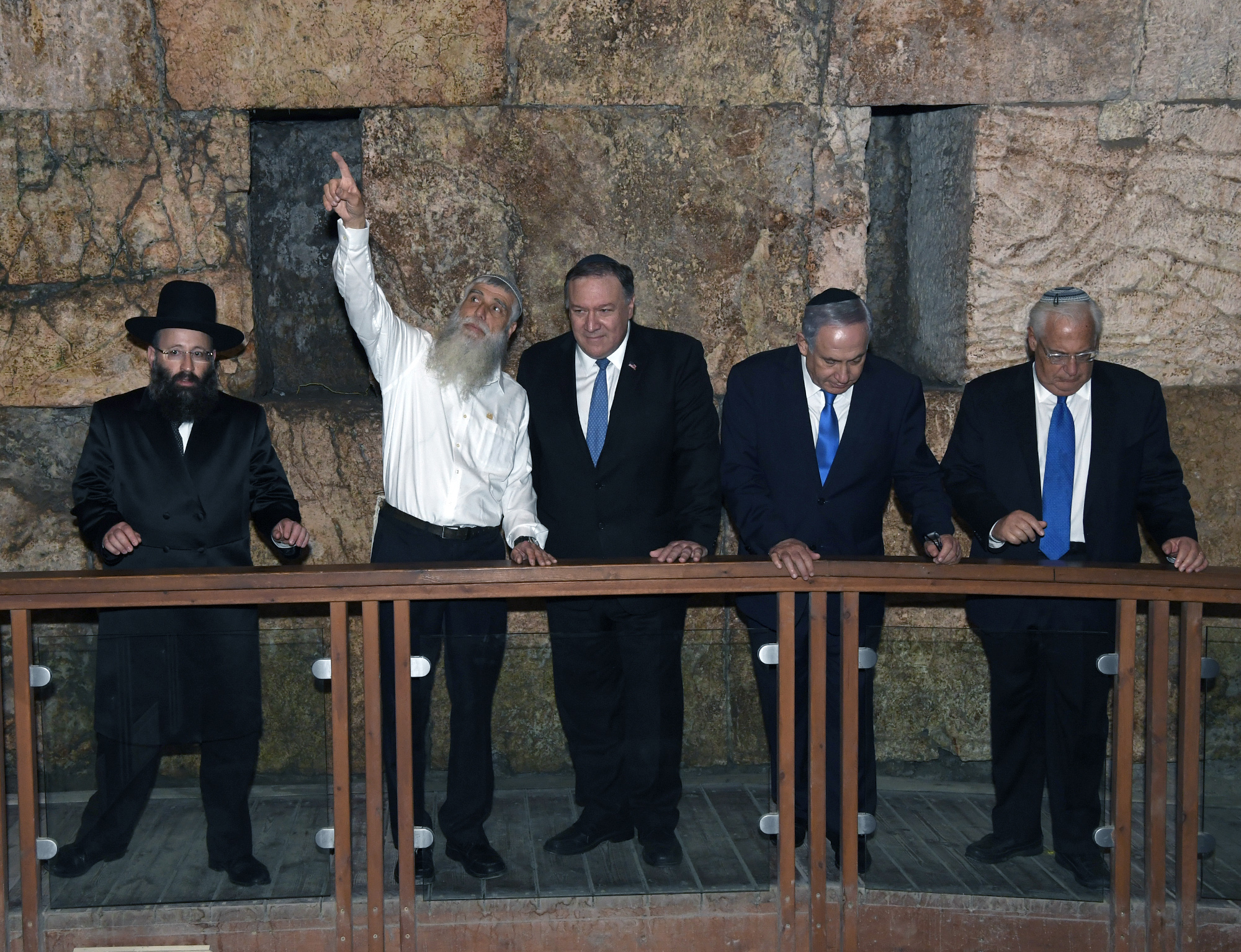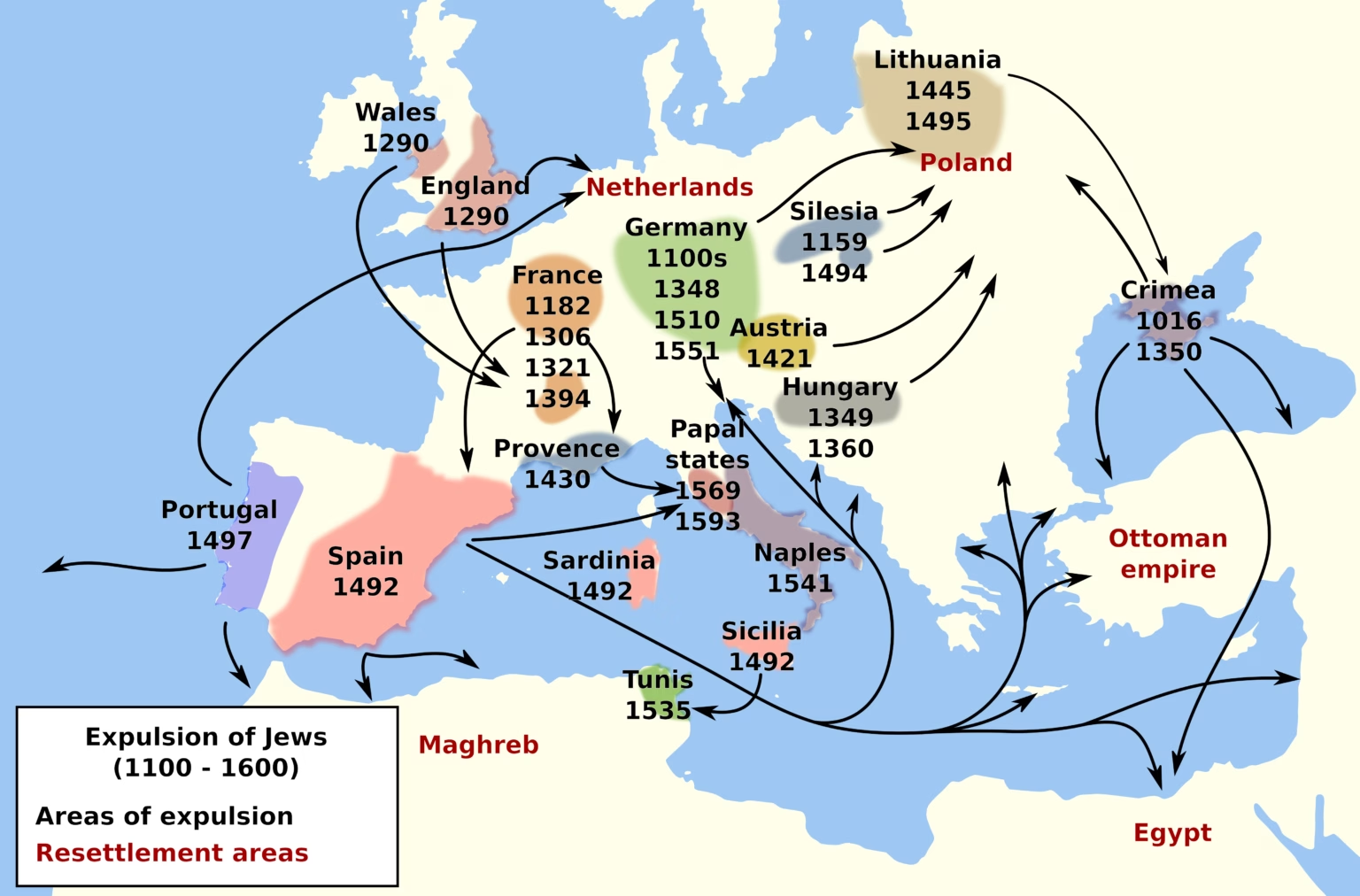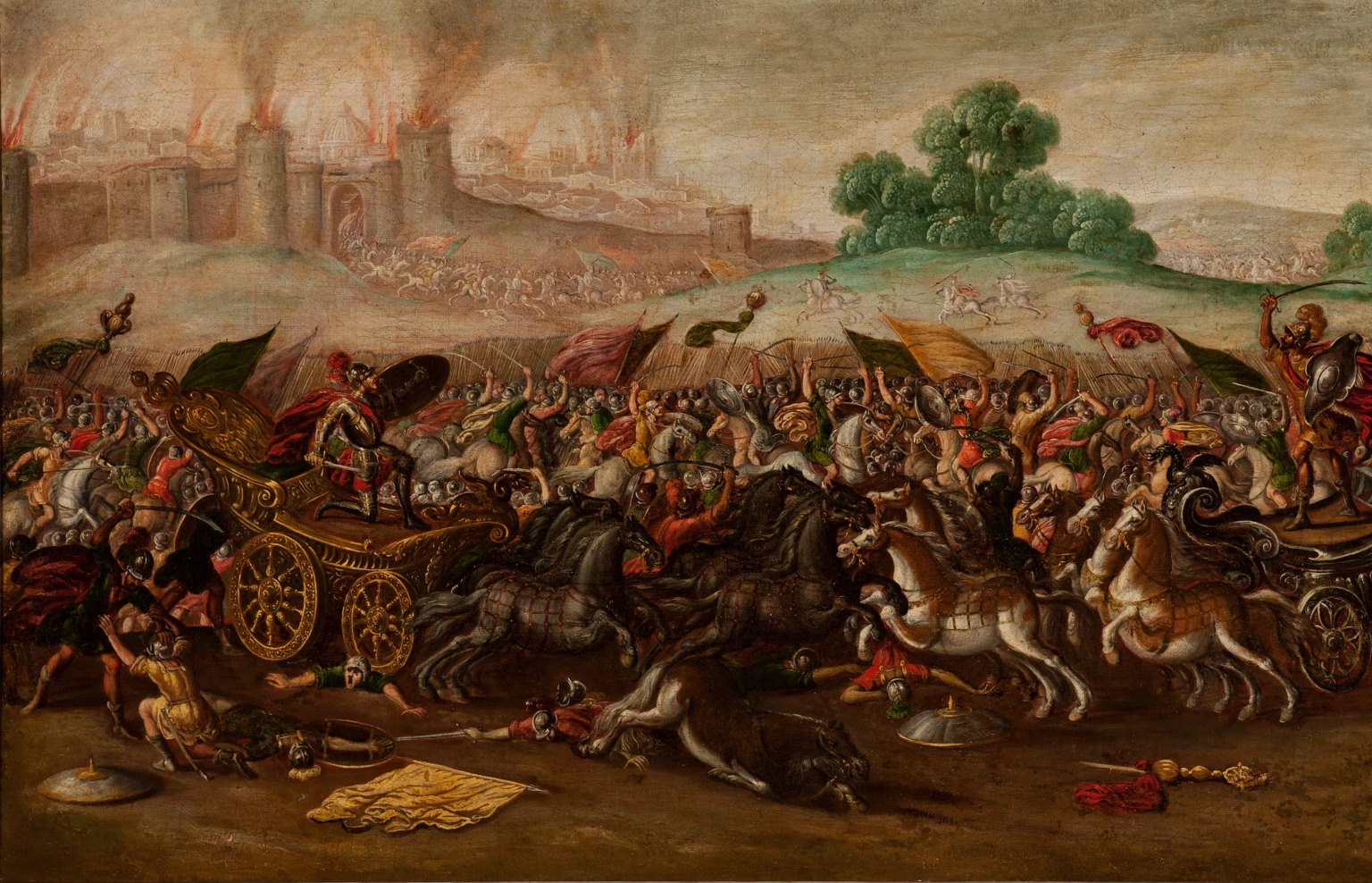New excavations lay bare history
Every year, millions of people visit the Western Wall to pray or to look at new archaeological finds. Under the ground, there is strong evidence of the Jewish people’s several-thousand-year relationship with Jerusalem.

Photo: US Embassy in Jerusalem
US Secretary of State Michael Pompeo and Israeli Prime Minister Benjamin Netanyahu visited the Western Wall in Jerusalem in March 2019, accompanied by Rabbi Shmuel Rabinowitz, Ambassador David Friedman and
Modern Israel Western Wall Heritage Foundation Director Mordechai Eliav.
“The Israel Antiquities Authority has shown that what is under the area around the Western Wall is almost as significant as what is above ground,” states researcher and archaeologist Dr. Avi Solomon recently in the Jerusalem Post.
Dr. Solomon has more than 20 years experience in excavations in the Old City of Jerusalem and in the Western Wall tunnel system. The archaeological finds describe life in Jerusalem at the time of the First Temple (3000 years ago) and the Second Temple. Dr. Solomon points out the remains of a four-room house from the time of King Hezekiah, king of Judah during the siege of Sennacherib in 701 BC.
– Inside the remains of the house, archaeologists found jar handles with the ancient Hebrew inscription “pots for the king”, says Avi Solomon, explaining that the jars stored items such as wheat, barley and olives that were brought to King Hezekiah.
-King Hezekiah knew that Sennacherib would begin his siege, so he collected taxes from the farming communities.
Royal seal
In addition to the pot handles – 100 meters from the walls of the First Temple – a royal seal was found in the ruins showing a drawing of an archer, arrows and a bow. Another discovery that illustrates the close connection between the Jewish people and the Temple site is the Great Bridge Route, a bridge built by the Hasmoneans in the second century BC to lead water from Solomon’s Pools in Bethlehem all the way to the Temple. The aqueduct was one of Jerusalem’s primary water sources for 2,000 years until the British Mandate.
A small Roman theater near the Western Wall that was used by the Romans after the destruction of the Temple can also be seen underground. Dr. Avi Solomon suggests to the Jerusalem Post that the Roman theater near the site where the temple had been destroyed may have been linked to the Bar Kokhba revolt of AD 132-135.
A ritual bath from Herod’s time near the entrance to the temple was discovered in 2009. The steps to the bath carved into the stone thousands of years ago still remain. Right next to it is another public building from Herod’s time.
Link to the City of David
“If the excavations continue, the network of tunnels could create a connection between this part of the city to the City of David, which is outside the old city wall,” said Shmuel Rabinowitz, Rabbi of the Western Wall and Israel’s Holy Places, to All Israel News.
Archaeological research linking the Jewish people to the Temple Mount is controversial. The United States left Unesco in December 2018 because this UN organization gave in to the demands of Muslim countries to deny the historic connection that the Jewish people demonstrably has to Jerusalem and to other biblical sites.
Added to that, a sign from Israel’s Chief Rabbinate warns Jewish visitors against entering the Temple Mount. Despite the sign, the number of Jews visiting the site has steadily increased each year. In 2022, 51,483 Jews visited the Temple Mount compared to 34,651 in 2021, reports All Israel News.
https://allisrael.com/excavations-under-western-wall-could-connect-to-city-of-david
The new excavations.


